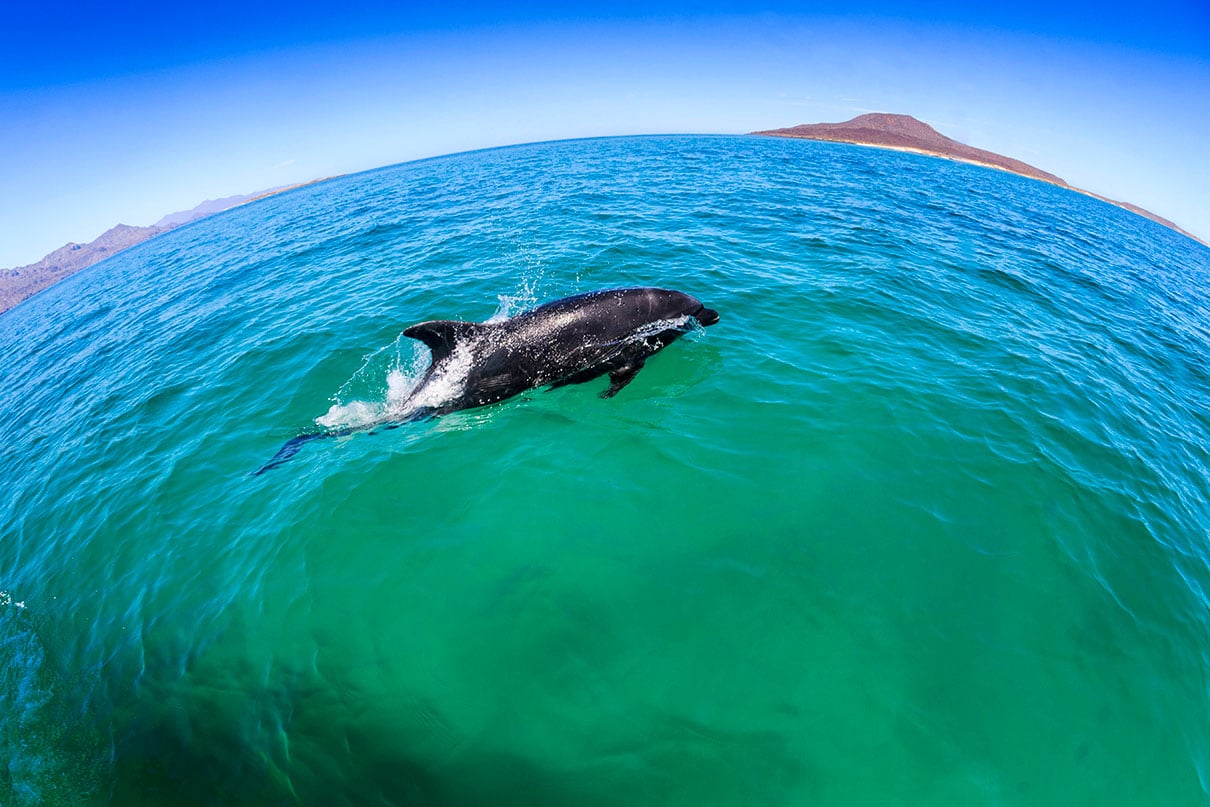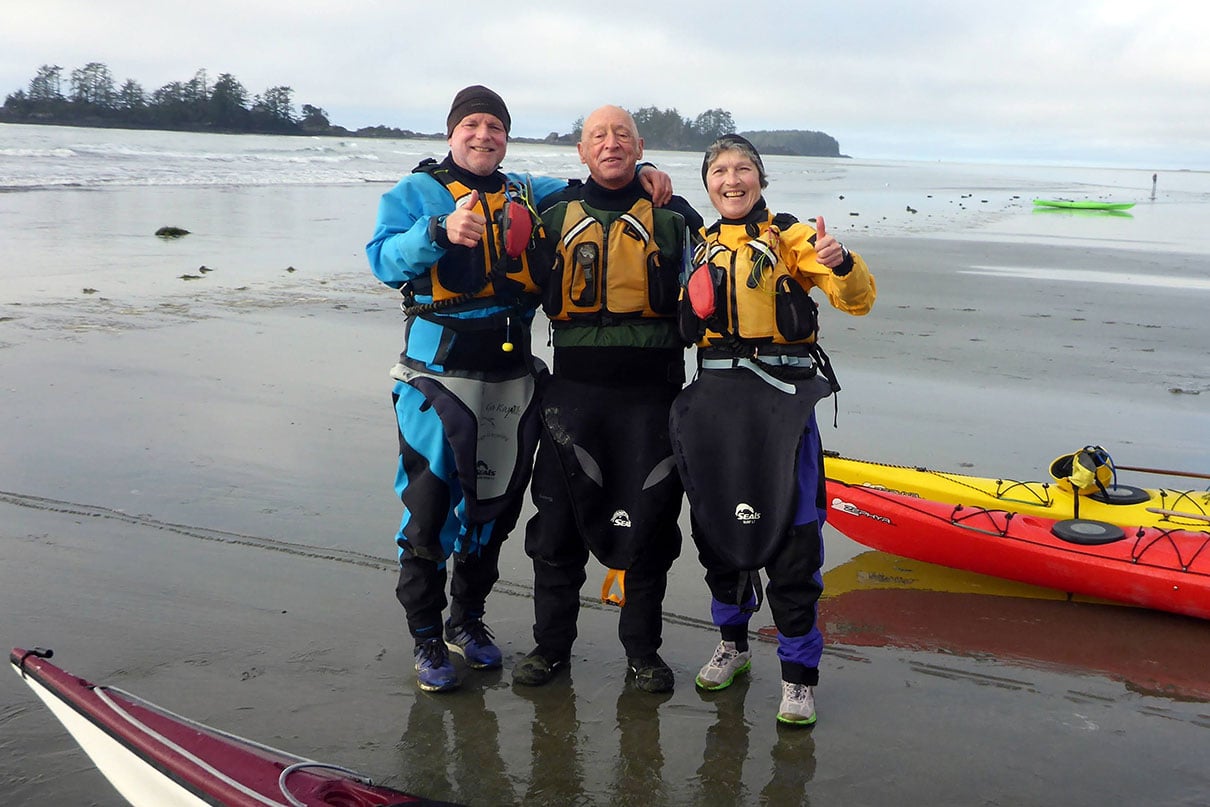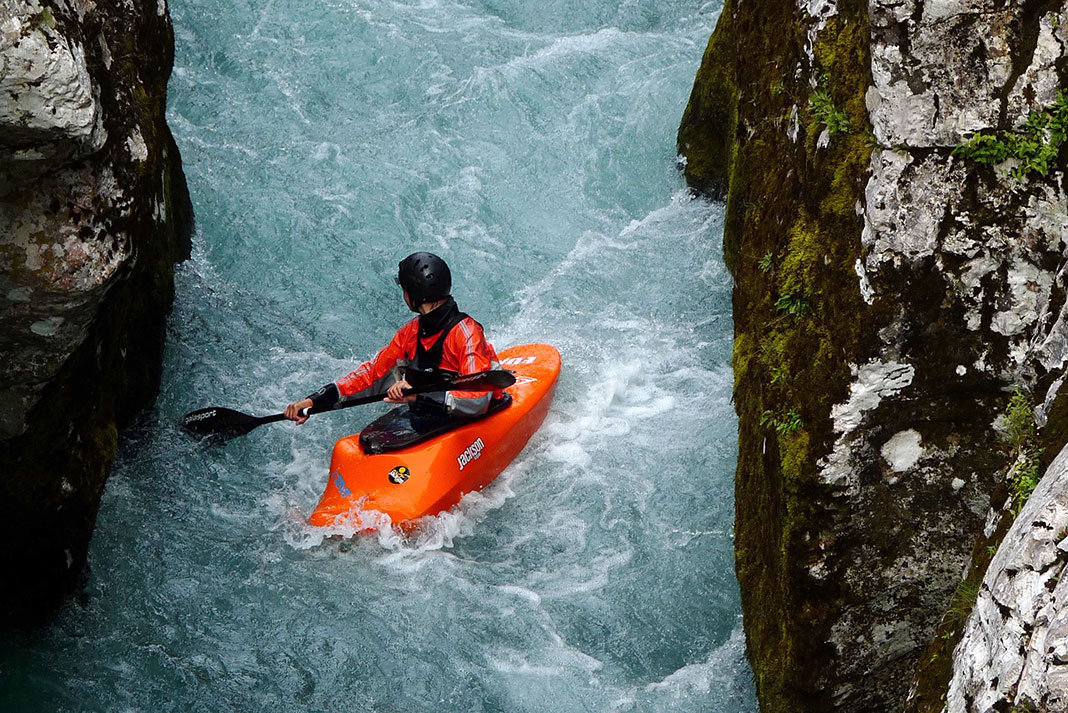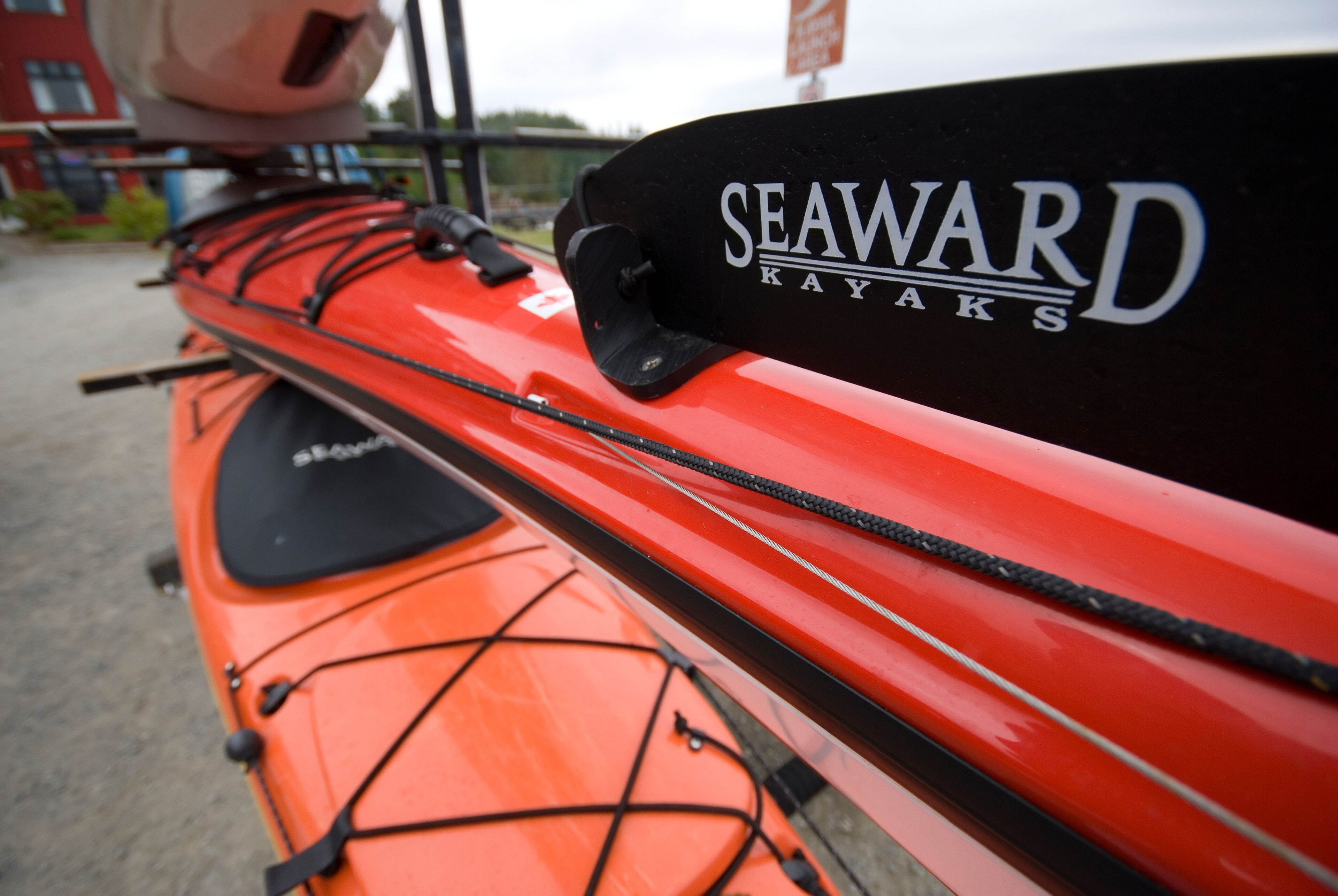The Paddlesports Trade Coalition Colab is billed as a new type of industry gathering. Paddling Business spoke to key players about the philosophy and business realities behind the September 4–6 event in Oklahoma City.
The first-ever PTC Colab kicks off
The preparation has been going on for months, synthesizing the best features of previous gatherings, putting some old favorites front-and-center, adding some new elements and throwing others overboard.
First over the gunwale was the trade show billing. “Colab is the opposite of a trade show. It’s a collaboration of the paddlesports community,” says PTC board member and Level Six CEO Stig Larsson.
Adds PTC Executive Director Jeff Turner, “Colab is an annual event for the entire paddlesports industry that includes engagement, education and an opportunity to buy and sell. I don’t know if that’s so different than a trade show, but as an industry we are going to see if we can do it in a more casual atmosphere and a more engaged atmosphere.”

The event is taking place in Oklahoma City, a favorite venue of past paddling shows. Suppose a kid threw the best birthday party in the neighborhood for three years running and then moved across town. That party was Paddlesports Retailer, the first national paddling-only show, held in Oklahoma City from 2017 through 2019. Paddlesports Retailer had the trappings of a traditional trade show with a convention hall full of exhibitor booths, plus a demo day at Riversport OKC, with boats and gear arrayed around the whitewater park in the heart of downtown Oklahoma City.
“We’ve heard from so many people in the business how engaging that event was, not just the convention center, but more importantly, what happened at Riversport,” Turner says. That feedback shaped Colab’s product showcase: Out with the convention center and expensive booths and in with the rootsy demo at a whitewater park.
“It’s not designed to be a spectacle. Nobody is going to show up with a double-decker trade show booth,” says Mark Deming, Chief Marketing Officer at NRS. “Paddlesports at its heart has always been a very grassroots community. It’s humble. It’s not flashy, and we’re just leaning into that.”
Putting paddlesports front and center
Another lesson PTC organizers took from Paddlesports Retailer is aligning the event with the organization’s goals. In 2017, Paddlesports Retailer replaced Outdoor Retailer as the premier paddling show in North America, but when it later morphed into The Big Gear Show the industry was again left without a national event focused exclusively on paddlesports.
The PTC entertained proposals from trade show companies, including a strong pitch from Big Gear Show owner Lost Paddle Events, but ultimately went its own way. “We as a board decided that what we were looking to do for the PTC Colab wasn’t really a trade show company’s expertise,” Larsson says.
Elements of Colab that break the traditional trade show mold include the PTC annual meeting and a series of panel discussions and educational seminars. These sessions are designed to spark the sort of conversations and—dare we say it—collaboration that leave folks energized after 12 hours on their feet.
“The most important thing about Colab is coming together and collaborating in that purest sense, to be inspired and generate ideas,” says Lili Colby, Product to Market Coordinator at Mustang Survival and a key player in forming PTC.

Organizers surveyed the industry to see what topics were front and center on their minds, and then curated speakers and focus groups around those subjects. Colab will feature talks on industry cooperation, understanding today’s paddlesports consumer, and paddling as a vehicle for community engagement. An icons panel will share lessons from decades in the business.
Colab will also feature deep dives on shipping and distribution strategies, a proposed PTC professional credential for retailers, and next-level digital marketing. “Imagine you could go to a PTC event and talk to like-minded peers who are struggling the same way you are trying to figure things out,” Larsson says. “You share ideas, you connect, and you know you’re no longer alone in this wild world of business.”
A return to Riversport OKC
The where and when of Colab were simple. Oklahoma City’s facilities fit the event’s unique needs, and local leaders were eager to roll out the red carpet for Colab, just as they had for Paddlesports Retailer. As for timing, it was always going to be September. “Retailers just want to focus on selling in June, July and August,” Turner says, adding that as a paddlesports-only event, Colab didn’t have to change its schedule to suit other constituencies.
“My eyes are wide open to what we’re trying to accomplish here,” Turner says. “We are trying to change significantly the way an industry thinks, and hopefully for the better.”
Out with the convention center and in with the rootsy demo. | Feature photo: Riversport OKC






 This article was first published in the 2024 issue of Paddling Business.
This article was first published in the 2024 issue of Paddling Business. 







 This article was first published in Issue 72 of Paddling Magazine.
This article was first published in Issue 72 of Paddling Magazine. 










































